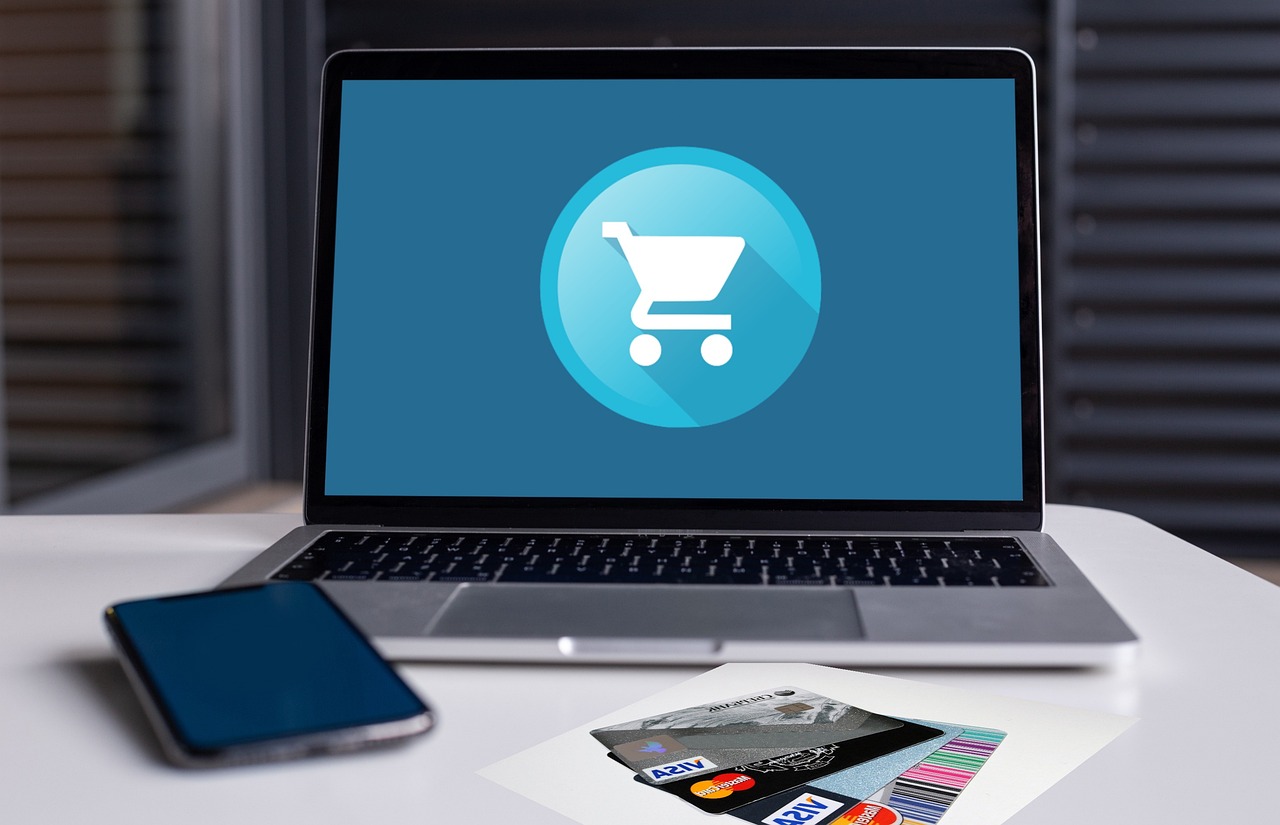Each online merchant receives a distinct merchant identification (MID) number for credit card processing. Computer networks rely on MID numbers to distinguish between merchants so they can determine who is behind each transaction.
If you’re a business interested in obtaining a MID number, this article explains some important details you should know.
What to Know About MID Numbers
Businesses need specific identification data to process sensitive information safely and timely. A MID number is required if your business is interested in augmenting merchant identification throughout networks. MID numbers are also helpful for relaying transactions through the appropriate routes.
Similar to email addresses, MID numbers do not change. As a result, these codes understandably play a valuable role in various types of transactions.
Also sharing traits with bank account numbers, MID numbers are not publicly recorded and no one can search them through publicly available outlets. Larger businesses with several MID numbers, however, can utilize certain internal tools or invoices for distinguishing subordinate units by name when only a MID number is available.
Networks are connected internally through gateways. When processing card transactions over computer networks, however, networks do not operate alone. Instead, the networks are closely interconnected with the corresponding front-end processing center associated with the card and network related to back-end settlement.
To proceed through these transaction segments, MID numbers utilize one or several terminal identification numbers (TIDs) and a gateway identification number (GID). While MID numbers uniquely identify businesses, TIDs specify profit centers, locations, or facilities that are involved with completing card transactions. GIDs are utilized to identify the specific network gateway from which card transactions are routed for merchants. All identifiers confirm transactions to introduce an additional security level.
MID Number Lookup
Regardless of whether you’re operating an online or physical business, processing payments make up part of your business. Businesses should strive to make the payment process as safe and secure as possible for customers. In these situations, MID numbers become effective and help to make sure that payments reach their destination without facing any obstacles.
If you want to look up a MID number, eMerchantBroker.com (EMB) can help you obtain the necessary answers to your questions. A top-rated (A+/A) BBB agency, EMB is a credit card processing company preferred by many. EMB remains dedicated to providing the most affordable, secure, quick, and reliable transactions to low and high-risk merchants. Due to these and other factors, EMB is viewed as a top high-risk U.S. processor.
MID numbers carry specific regulations for transaction authorization, which occurs when transactions are deposited and qualified. MID numbers also have a unique base discount rate. Card association regulations make sure that various types of payment transactions are not mixed.
While looking for MID numbers, remember MID number lengths vary based on the backend platform with which they are boarded. This means that MID numbers are associated with the backend platform used by processors.

Important Things to Know About MID Numbers
EMB urges people to consider
- Confusion with Merchant Account IDs. MID numbers and merchant account IDs are sometimes confused. While bearing similar names, these numbers serve different purposes. MID numbers are assigned if a person is making different types of transactions or operating a payment gateway. If a business runs several brands, the business will receive a specific merchant account.
- The occurrence of fraud. Fraud can still occur with MID numbers. To avoid fraud, your business should check bank statements and credit reports regularly. Your business should also make sure to receive any suspicious transaction alerts.
- Multiple MID numbers. Businesses are permitted to have multiple MID numbers, but single MID numbers are often adequate. To understand why multiple MID numbers might be needed, it helps to distinguish between MID numbers and terminal identification (TID) numbers. However, all of your terminals can still be grouped under single MID numbers. Some businesses even have multiple merchant accounts grouped under one MID number. The reason some merchants choose to have multiple MID numbers is for accounting. Businesses with multiple sales channels often have a distinct MID for each revenue channel, which helps to keep this information separate.

How Businesses Can Create MID Numbers
Businesses can receive MID numbers when they start working with acquiring banks, regardless of whether this is directly or through a payment solutions broker. Businesses must first undergo a verification process before receiving a MID. To obtain a MID, businesses also need tax numbers, details about business ownership, and additional details. .
Obtaining a MID can be a challenging process, but the best services available can make this process much easier. After obtaining a MID, the number belongs to a business for use in credit card processing, provided the company does not end up facing too many chargebacks.
Chargebacks are a normal aspect of any business, but too many chargebacks are often a sign to banks that businesses are taking advantage of customers or practicing fraud.
Where Businesses Can Locate Existing MID Numbers
MID numbers are not public information and cannot be searched in such a manner. If you are not involved with the business you are attempting to find, you will not have access to a lookup system to help find the MID number.
Remember, MID numbers are private and utilized to route money, similarly to bank accounts. Businesses understandably do not want MID numbers to get publicly released because this could lead to others attempting to fraudulently utilize the information.
MID numbers are 15 numbers long unless your process does things uniquely. Businesses interested in obtaining their MID number can take one of several steps, which include:
- Merchant statements. Sometimes, MID numbers can be found on the top right of merchant statements from MSPs. If you do not find your 15-number MID on your merchant statement, you should ask your merchant services provider how you can locate this information.
- Bank statements. These documents are often known to have versions of your MID number where credits and debtors from processors are located. These numbers often begin with either batch total (BTOT) or merchant total (MTOT).
- Payment terminal. MSPs or processors sometimes place IDs on terminals. You can find these numbers by examining the sides and bottoms of the machine.
- Contacting your merchant service provider. If you have a difficult time locating your MID number, you can contact the provider who helped you set up your account.

Losing Your MID Number
Unfortunately, businesses sometimes lose their MID number due to too many chargebacks. It’s vital to understand the various adverse actions that your business can face as a result of too many chargebacks.
These adverse actions include:
- Processing freeze. These freezes occur when processors temporarily shut down a business’s ability to accept card payments. Freezes often occur if a chargeback ratio too closely approaches the chargeback ratio outlined in a card scheme.
- Termination. Your processor or acquiring bank views your business as a greater risk than an asset. As a result, these financial entities might cancel your MID number and close your account due to terms of service violations. Termination also might occur because a bank’s chargeback ratio has been over the limit too often or for too long.
- Withheld funds. This process occurs when some or all of a transaction’s funds are withheld. Processors can withhold funds for various reasons, which include suspicious account activity.
Advice on Protecting Your Business’s MID NUmber
Chargebacks are best viewed as the biggest potential threat to your MID number, which is why you should make sure that you take adequate steps to protect your business. Some of the helpful tools that businesses should remember to protect their operation against chargebacks include:
- 3-D secure
- Address verification
- Biometric technology
- CVV Verification
- Fraud filters
- Geolocation
Chargeback sources are routinely difficult to distinguish. Many chargebacks, data shows, can be traced back to friendly fraud, which is connected to legitimate transactions. If your business is interested in stopping as many chargebacks as possible and keeping your MID numbers as well-guarded as possible, your business will require an even more nuanced approach to these issues.

Other Payment Processing IDs Businesses Should Know
MID numbers are one of several identifiers that can be used during the payment process. Some of the most common identifiers that your business is likely to encounter include:
- Acquirer reference numbers (ARNs) are distinctly assigned to each transaction
- Bank identification numbers (BINs) are utilized to identify financial institutes. Issuers and acquirers have these unique numbers.
- Customer relationship management (CRM) IDs are identifiers that help businesses distinguish which CRM was utilized to process payment.
- Gateway IDs are a unique number (or name) utilized to uniquely mark merchant accounts used for payment processing
- Merchant category codes (MCCs) help to distinguish the type of goods or services you sell
- Terminal IDs are codes that help distinguish point-of-sale (POS) terminals utilized to process transactions
Contact Us Today for Assistance With Your MID Number
Merchant accounts are vital if businesses want to grow and make the largest profit possible. Businesses simply cannot afford to not have a merchant account. Businesses also must be approved for additional information as the business grows.
Protecting MID numbers is vital to protecting your business’s reputation. Do not let chargebacks negatively disrupt either your earning potential or your processor’s view of your operation. Contact us today for further assistance in any part of the MID number process.


